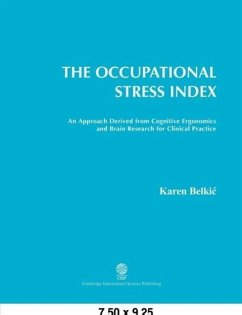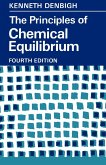This book offers a practical way to apply a methodology derived from cognitive ergonomics and brain research for assessing work stressors: the Occupational Stress Index (OSI), originally developed by the author. To do so, some basic information is first presented about how the brain receives and handles information: the aversions and affinities of the human nervous system in relation to the environment. Two divergent trends in occupational psychosocial research are then discussed. One is represented by theory-based, generic approaches, which tend to be remote from actual work experiences, and therefore are often not helpful for assessing within-occupation variance, the very level at which intervention strategies are developed, in practice. The other trend has been that of occupation-specific inquiries, that provide rich, detailed information often useful for identifying key areas for intervention. These have usually been heavily focused upon a given occupation, such that more generalizable conclusions based upon between-group analyses are often missed. This is precisely where the OSI offers a potential solution, by providing a series of occupation-specific instruments that are all mutually compatible within the OSI theoretical framework: allowing between-occupation comparisons, but at the same time far more operationalized and streamlined than a single generic instrument.








